Terrestrial telescopes for all uses
The market offers many models of ground-based telescopes. Which will be the most suitable for my use?
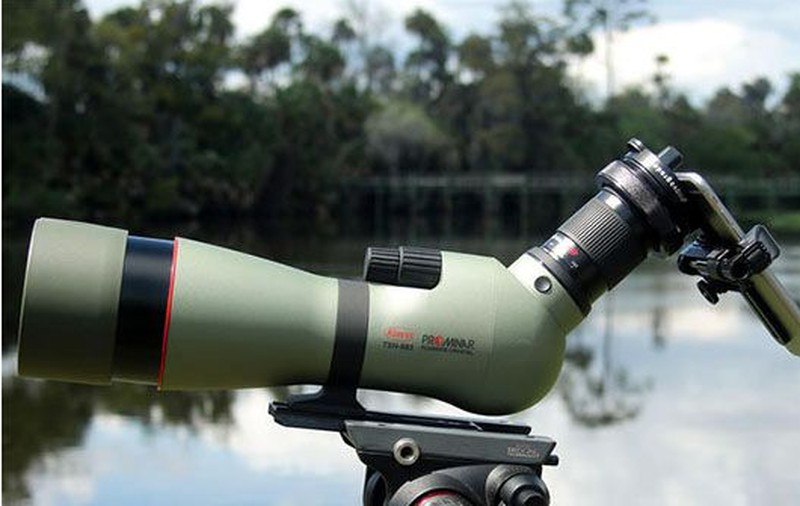
As always when we intend to purchase a product, we must be clear about the use we are going to make of it. Depending on that key factor, we will decide which model best suits our needs. In the case of ground-based telescopes, which tend to be equipment for fixed observation in the field, often size and weight are a key factor in choosing one option or the other.
So from the start we have two main options:
1- Compact Terrestrial Telescopes for traveling observation
2- Large format terrestrial telescopes for fixed observation
Compact telescopes normally have a magnification range that can be between 8 and 45X, although the most common are models with zoom eyepieces between 15 and 45X. The lens aperture is between 50 and 65mm. Finally the weight moves between 400 and 800gr.
Weight can be the most determining factor in these equipments. When we go out to the field or the mountains, the weight load that we carry with us limits us and in many cases hinders us. We must bear in mind that the weight of the equipment will be the sum of the weight of the ground telescope itself plus the tripod, which is absolutely necessary for these equipment.
We will choose these teams if we make an itinerant or en-route observation, with different stopping and observation points. For this type of use, the range of increase for observation of fauna, flora and landscape that these teams give us is already more than enough.
In large-format ground-based telescopes we have already passed the magnification range between 20 and 75X. They are opening equipment equal to or greater than 80mm and a weight clearly greater than Kg.
Given these characteristics we find powerful optical devices that require a fixed and as stable as possible observation. This also includes tripods of greater wingspan and stability, to be able to preserve well the vision in all the range of magnification and even apply photography techniques such as digiscopping.
These sets are mainly used for observation at viewpoints, lookouts in natural parks and also for observation and hunting waits. The own weight of the team, does not accompany to make great routes and itineraries.
Today the most important application in the world of terrestrial telescopes is digiscopping, or taking pictures using a photographic / mobile camera and the terrestrial telescope.
It is a highly developed technique and is normally used with those devices with more range and luminosity to take wildlife photographs in full detail. There are many amateurs, naturalists and professionals who use this method for the classification and identification of species.
In this link you can find more information about this technique
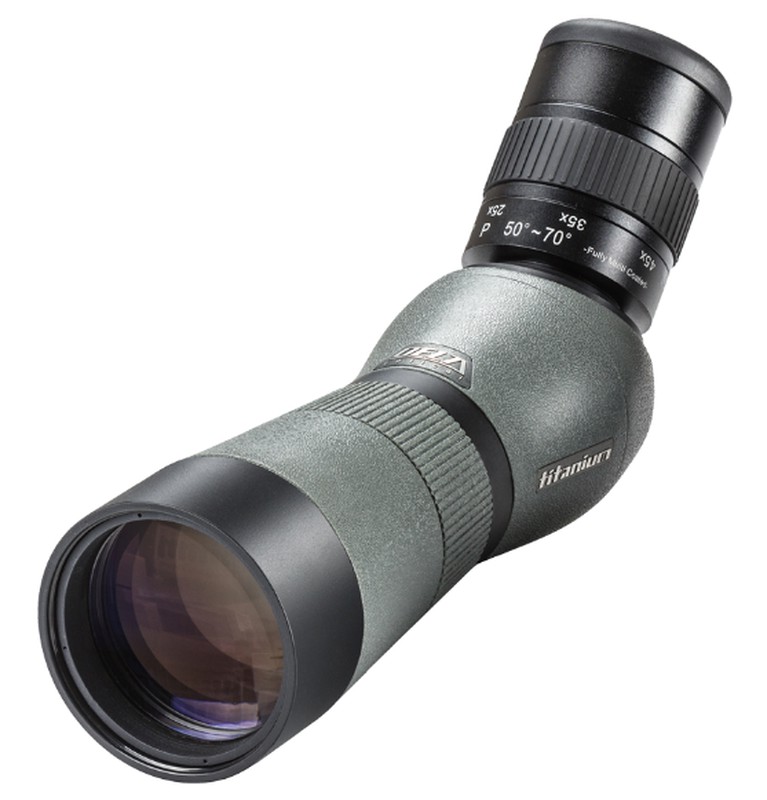
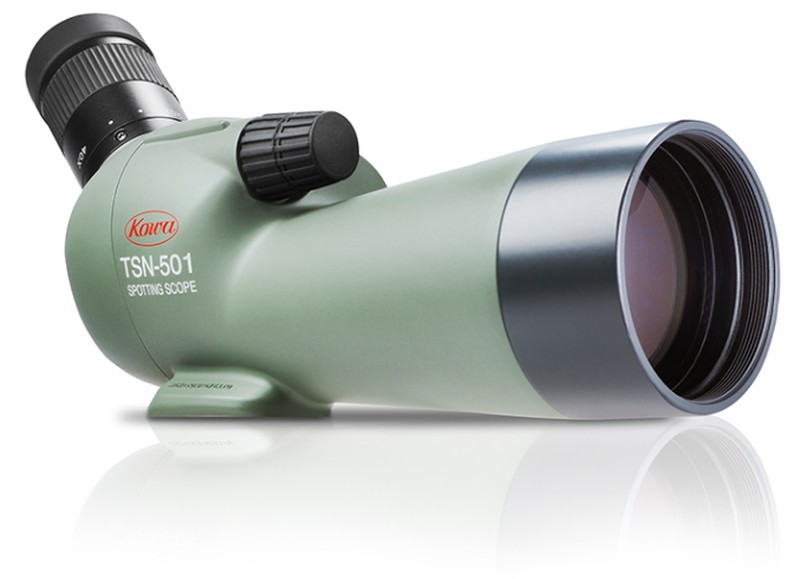
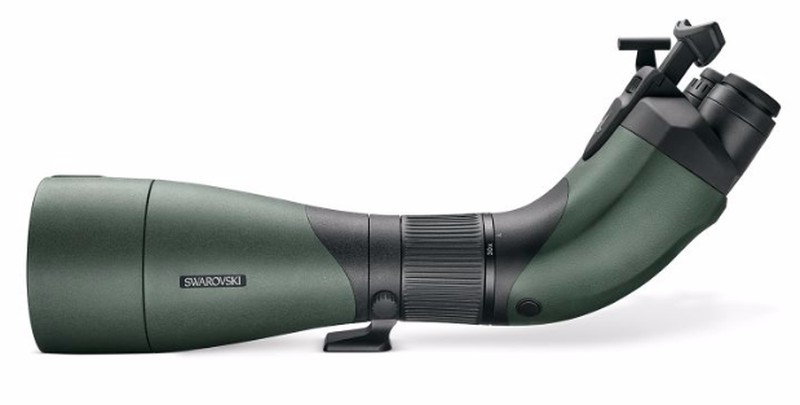
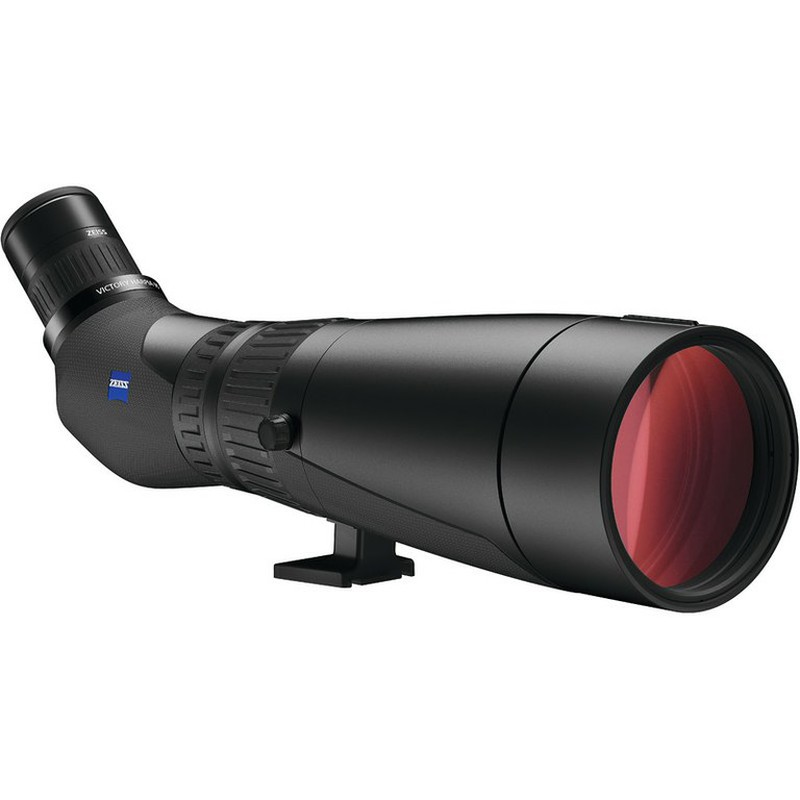





Opinions of our clients
Receive our news